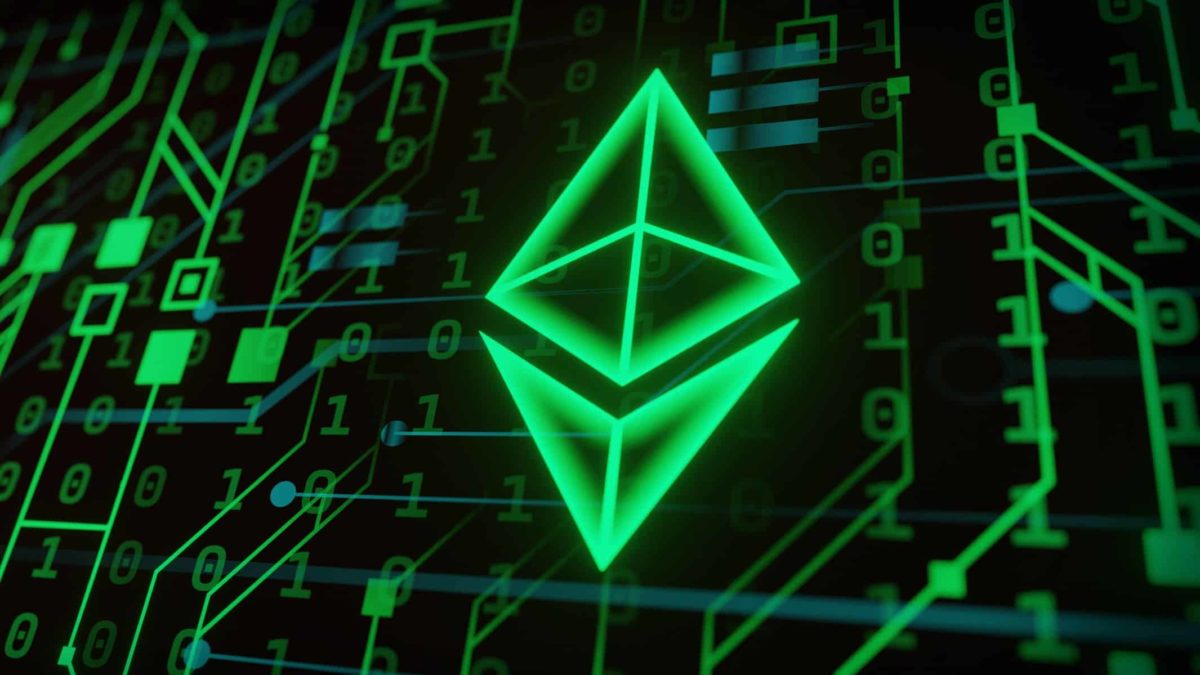This article was originally published on Fool.com. All figures quoted in US dollars unless otherwise stated.
Since its founding in 2015, Ethereum (CRYPTO: ETH) has skyrocketed nearly 153,000% to an all-time high price of $4,892 in November 2021. However, with the overall decline in the cryptocurrency market, the world's second most valuable digital asset now sells for $1,077 per token as of this writing.
Reaching $5,000 per token would equate to a 364% return from today, and it would mean a new peak price for this popular cryptocurrency. Let's discuss why that lofty target is possible, as well as what might get in the way.
A budding ecosystem of use cases
As the first programmable blockchain, Ethereum introduced smart contracts to its network, something that Bitcoin doesn't have. A smart contract is a computer program that runs if certain conditions are met, allowing two unknown parties to interact and transact with each other, all without the need for a trusted intermediary. It was a fundamental breakthrough that resulted in Ethereum now being called the world's decentralized computer.
Whereas Bitcoin is solely just a peer-to-peer payments network, Ethereum has actually spawned real-world use cases. Decentralized applications (dApps) are being developed to disrupt a wide range of industries. For example, two popular categories of dApps include decentralized finance (DeFi) protocols and non-fungible tokens (NFTs).
In the DeFi world, services like Uniswap, a decentralized exchange for buying and selling crypto, and Compound, a savings and lending platform akin to a traditional bank, were gaining popularity before the recent crash. And although the market for NFTs has cooled significantly, the potential for this technology, particularly when it comes to things like digital authenticity and identity, is huge.
Unsurprisingly, Ethereum is the most popular blockchain when it comes to these budding use cases. It has the most active developers working on advancing the network, and in the crypto world, that is a key competitive advantage.
Watch out for competitors
Investors hoping for Ethereum to hit $5,000 per token must pay attention to so-called "Ethereum killers." These blockchains, of which Cardano and Solana are included, are trying to improve upon Ethereum's weaknesses, which center on speed and scalability.
Like Bitcoin, Ethereum runs a proof-of-work consensus mechanism, which requires massive amounts of computational power in order to solve complex math puzzles to earn the right to validate and add new transactions to the network. Not only is it energy intensive, but it's slow. Ethereum is only able to process 13 transactions per second today.
Cardano and Solana run proof-of-stake algorithms. This energy-efficient process allows actual owners of the tokens to stake their holdings and validate transactions. It's much faster and much better for the environment.
Luckily for Ethereum, an upgrade is in the works. Formerly known as Ethereum 2.0, The Merge will increase the capacity of the network by adding a new beacon chain to the fold, at which point the entire network will be proof-of-stake. And possibly in 2023, shard chains will be added. This means more blockchains will work in unison with the main Ethereum network, reducing congestion, increasing throughput, and lowering fees.
While this upgrade has had its fair share of delays, it could finally be here sometime in August. And this would substantially raise developer interest in Ethereum. If speed and scalability are no longer issues, the possibility of a deeper ecosystem of dApps, as well as rising demand for Ethereum, will support a much higher price over time.
The path to $5,000 per token will definitely be full of ups and downs, but Ethereum has a real shot at getting there if it can integrate the new update in a timely manner, as well as outpace its rival blockchains.
This article was originally published on Fool.com. All figures quoted in US dollars unless otherwise stated.









